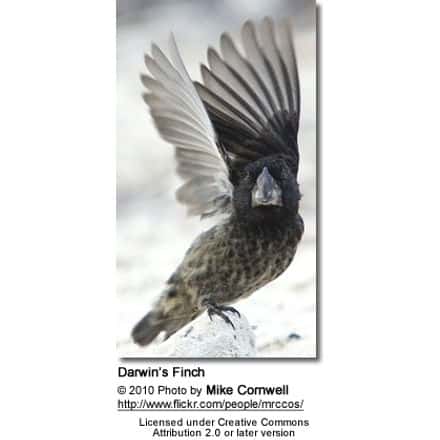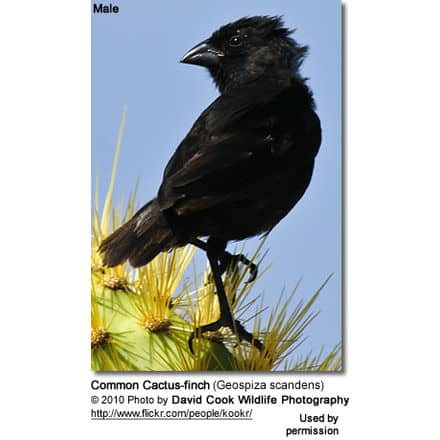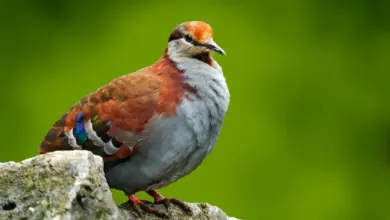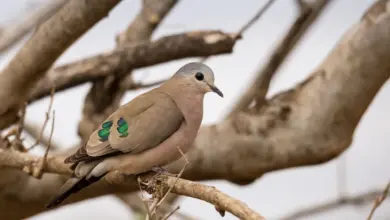Darwin’s Finches
Darwin’s Finches
Darwin’s finches (also known as the Galápagos Finches or as Geospizinae) include a group of similar small birds that are closely related, yet have beaks that are different in both shape and size.
This group includes the following bird genera:
- Certhidea (Warbler-finches)
- Platyspiza (Vegetarian Finches)
- Camarhynchus (Tree Finches)
- Geospiza (Cactus / Ground Finches)
Birds in this group became subjects of intense research since specimens of them were first collected on the Galápagos Islands in 1835 during a survey voyage of HMS Beagle.
Charles Robert Darwin, an English naturalist and geologist, initially believed that they were some sort of blackbirds or mockingbirds.
Upon their return, the collected birds were passed on to John Gould – a renowned English ornithologist – for inspection. Gould concluded that these birds were new and distinct forms of true finches. However, in 1993, Charles Sibley and Burt Monroe included these birds in the tanager family.

Distribution / Range
These small birds are native to …
- the Galapagos Islands – a group of islands located in the eastern Pacific Ocean off the west coast of South America (close to the mainland Ecuador and right atop the Equator); and
- Cocos Island or Isla del Coco – an uninhabited island found off the shore of Costa Rica in Central America.
Fifteen closely related species were identified:
- Fourteen species are found on the Galapagos Islands. One of these is believed extinct – specifically the Darwin’s Large Ground-finch.
- One single species – the Cocos Island Finch (named for its home range) – is confined to the Cocos Islands (about 447 miles or 720 km northeast of Galapagos Islands).
Darwin’s Theory of Evolution
Evolutionists assume that a stock of ancestral finches reached the islands from South American mainland.
Darwin’s theory is based on the fact that different finch populations that descended from this common ancestral stock over time evolved to new biological species to survive in new habitats and differing environmental conditions. This process is referred to as “adaptive radiation.”
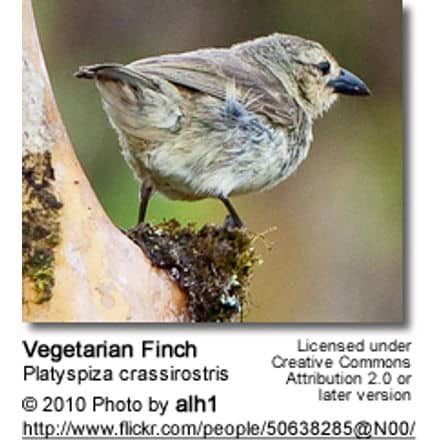
Based on the great distance between the islands, Darwin’s Finches birds could not interbreed, so the different populations on the various islands became distinct.
These isolated populations have shown considerable variations in bill structure and feeding habits that supported Darwin’s theory of evolution.
Peter and Rosemary Grant noted changing climatic conditions from year to year that dramatically altered the available food supply. Taking advantage of localized, differing food supplies required adaptations to the size and shape of their beaks, and foraging techniques.
The ancestral bird was a ground-dwelling, seed-eating finch. However, the species that emerged over time in different areas were either ground-dwelling seed-eaters (3 species); mostly lived on cactuses and ate seeds (3 species); lived on trees and fed on seeds (1 species); and the other 7 species adapted to living in trees and eating insects.
For example, slim, sharp beaks prevailed in insect-feeding birds; and short, thick beaks that were suitable for crashing seeds occurred in seed-eating populations.
Those birds with beak structures that were best adapted for the most abundant food supply (by random mutation) had a competitive advantage over those that didn’t, and enjoyed an increased probability of survival.
They thrived and reproduced more successfully, while all the others gradually perished. The genes for the more specialized beaks were passed on to successive generations. This supported Darwin’s theory of natural selection.
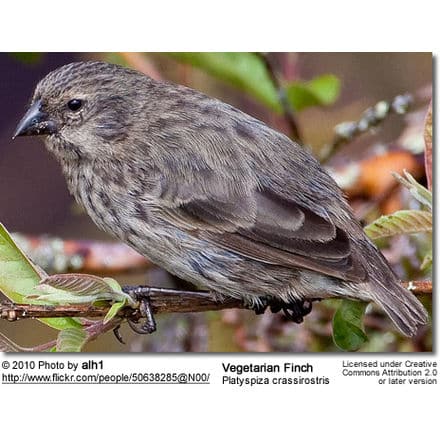
Description
These birds are all about the same size, measuring 4 – 8 inches (10 – 20 cm) in length – including the tail.
All birds have dull plumages that ranged in color from mottled greyish-brown to black..
Notable variations in beak shapes were noted (please refer to the image above).
Species
The tanagers – bird family Thraupidae

- Genus Geospiza
- Large Cactus-finch, Geospiza conirostris
- Sharp-beaked Ground-finch, Geospiza difficilis
- Vampire Finch, Geospiza difficilis septentrionalis
- Medium Ground-finch, Geospiza fortis
- Small Ground-finch, Geospiza fuliginosa
- Large Ground-finch, Geospiza magnirostris
- Darwin’s Large Ground-finch, Geospiza magnirostris magnirostris – possibly extinct (1957?)
- Common Cactus-finch, Geospiza scandens
- Genus Camarhynchus
- Large Tree-finch, Camarhynchus psittacula
- Medium Tree-finch, Camarhynchus pauper
- Small Tree-finch, Camarhynchus parvulus
- Woodpecker Finch, Camarhynchus pallidus – sometimes separated in Cactospiza
- Mangrove Finch, Camarhynchus heliobates
- Genus Platyspiza
- Vegetarian Finch, Platyspiza crassirostris – previously placed into Genus Camarhynchus
- Genus Certhidea
- Warbler Finch, Certhidea olivacea
- Genus Pinaroloxias
- Cocos Island Finch, Pinaroloxias inornata
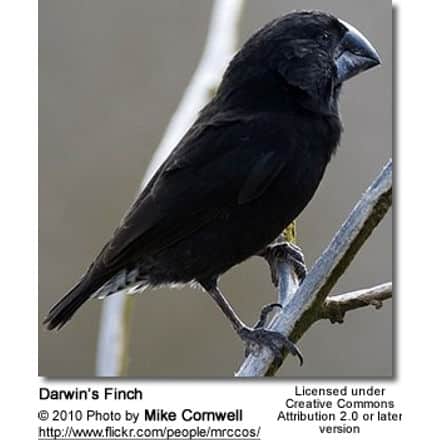


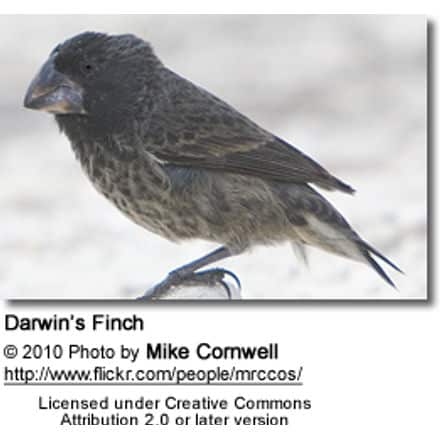
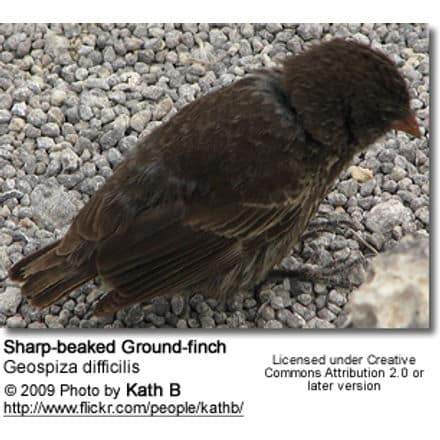


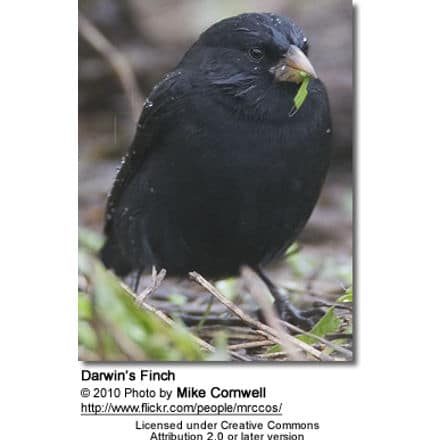
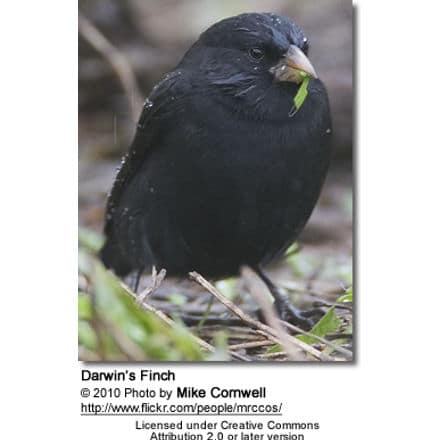
Beauty Of Birds strives to maintain accurate and up-to-date information; however, mistakes do happen. If you would like to correct or update any of the information, please contact us. THANK YOU!!!

